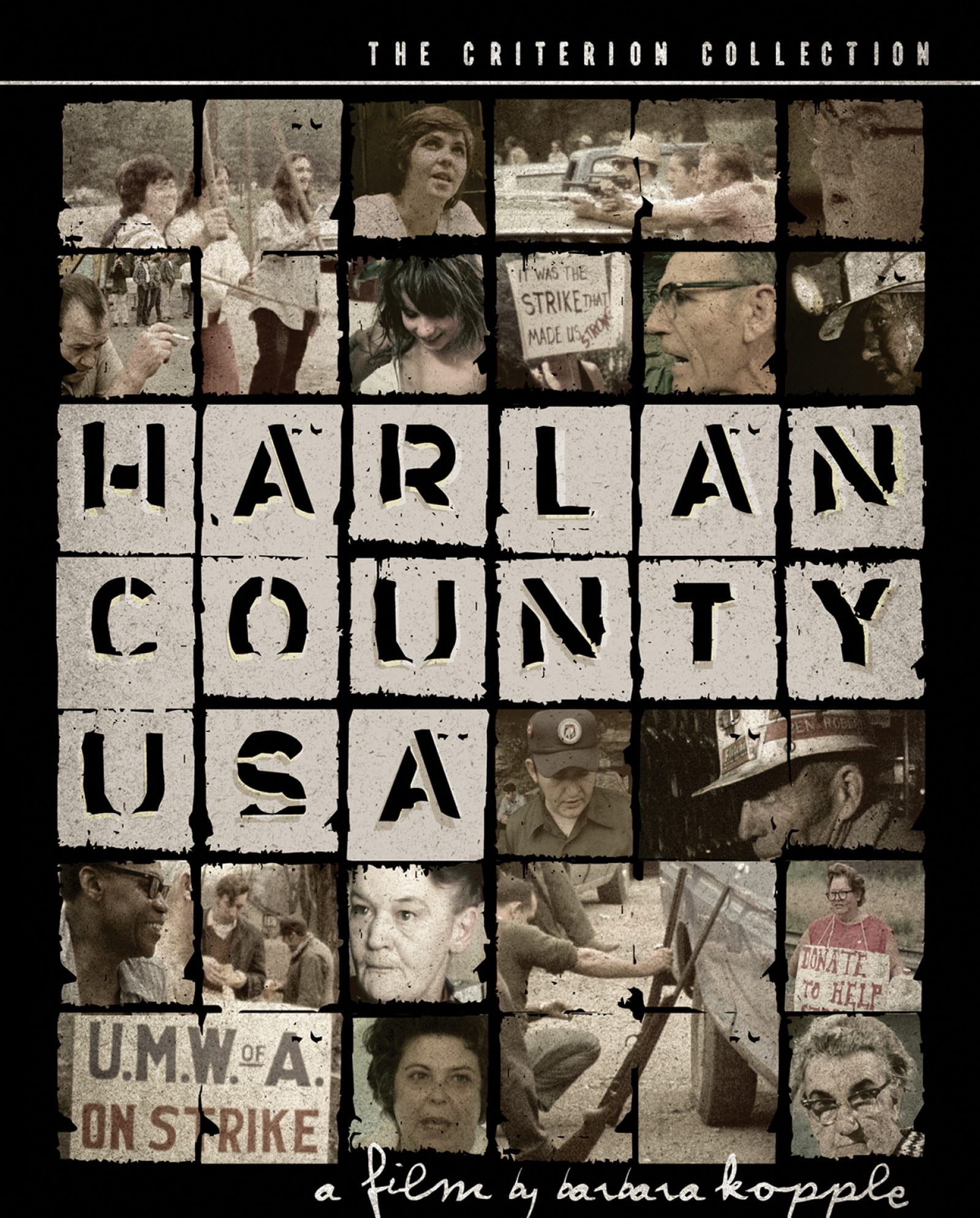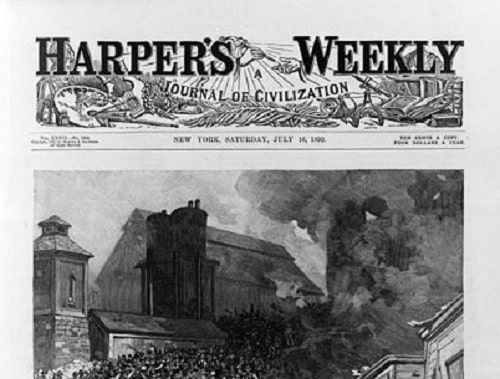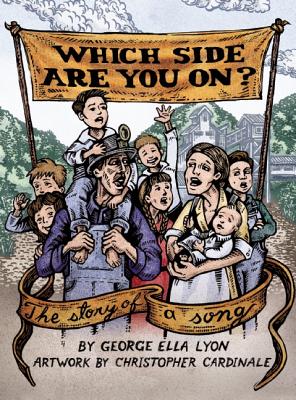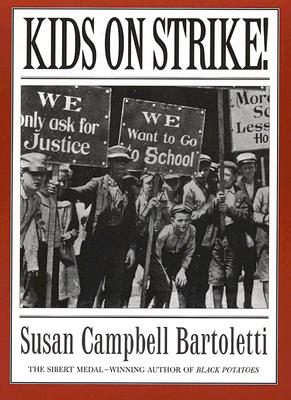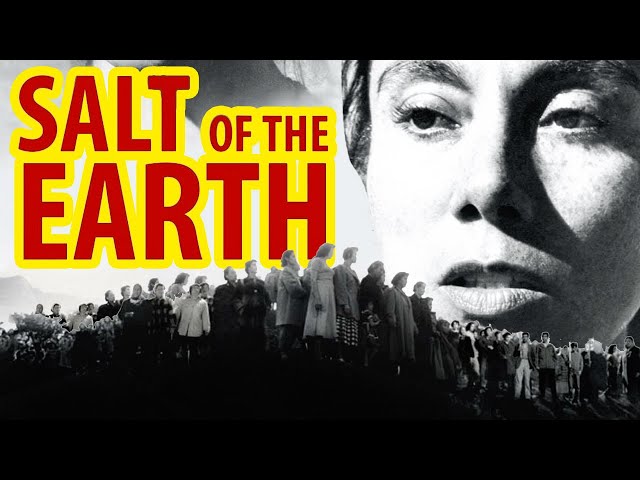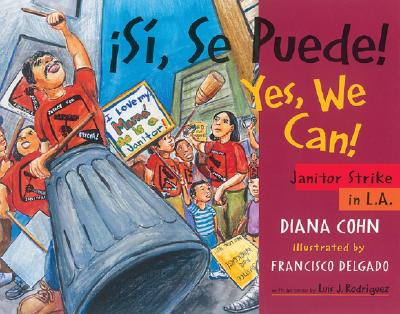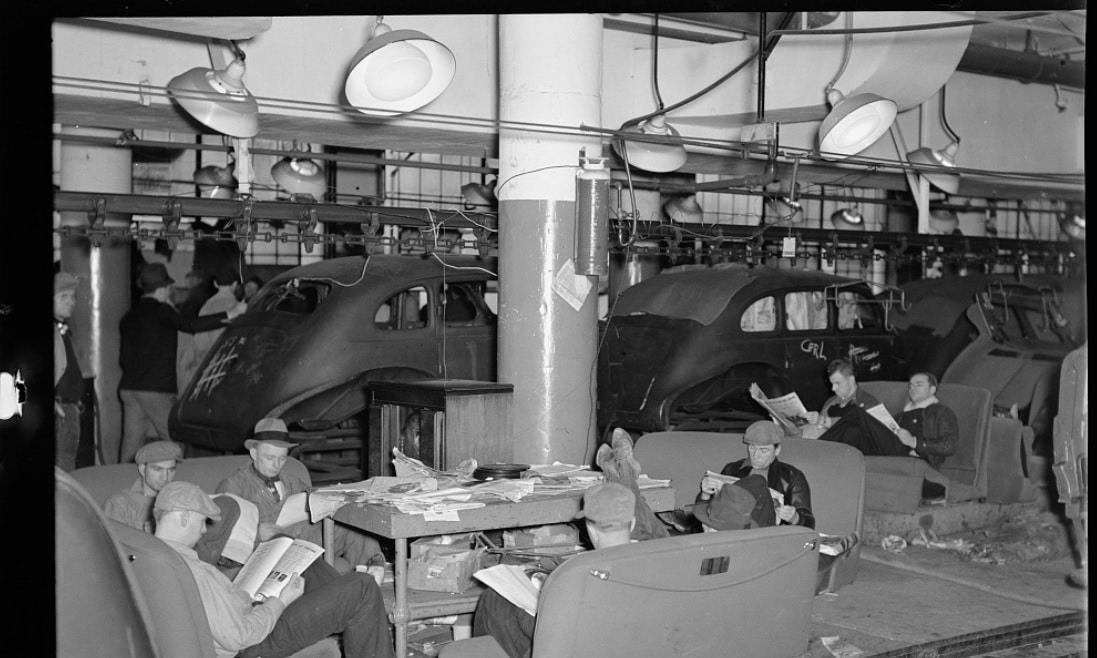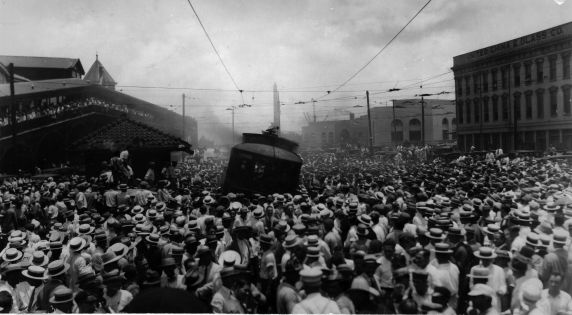Film. Directed and produced by Barbara Kopple. 1976. 103 minutes.
This documentary tells the story of a Kentucky coal miners' strike and the thirteen-month struggle between a community fighting to survive and a corporation dedicated to the bottom line.
Continue reading
Teaching Activity. By Bill Bigelow and Norm Diamond. 11 pages.
This role play activity on the famous 1892 Homestead Strike, explores the possibility of solidarity among workers of very different backgrounds and at different levels in the workplace hierarchy.
Continue reading
Picture book. By George Ella Lyon. Artwork by Christopher Cardinale. 2011. 40 pages.
This children's book tells the story of a classic union song written in 1931 and the harsh conditions under which it was written.
Continue reading
Book — Fiction. By Margaret Peterson Haddix. 2007. 352 pages.
Three young women march against unfair labor practices in the Shirtwaist Strike of 1909-10, only to find themselves engulfed in the raging flames consuming the Triangle Shirtwaist Factory.
Continue reading
Book — Non-fiction. By Susan Campbell Bartoletti. 2003. 208 pages.
Describes the conditions and treatment that drove working children to strike, from the mill workers' strike in 1834 and the coal strikes at the turn of the century to the children who marched with Mother Jones in 1903.
Continue reading
Picture book. By Doreen Cronin. Illustrated by Betsy Lewin. 2000. 32 pages.
A barnyard struggle where the cows go on strike and the farmer is forced to negotiate.
Continue reading
Teaching Activity. By Bill Bigelow and Norm Diamond.
Role play on the 1912 Bread and Roses strike in Lawrence, Mass.
Continue reading
Teaching Activity. By S. J. Childs. Rethinking Schools. 6 pages.
The author describes how she introduces students to the classic 1953 film, Salt of the Earth, about a miners’ strike in New Mexico.
Continue reading
Picture book. By Diana Cohn and illustrated by Francisco Delgado. 2008. 31 pages.
A children's book based on the true story of the Justice for Janitors strike.
Continue reading
The Flint sit-down strike represented a shift in union organizing strategies from craft unionism (organizing white male skilled workers) to industrial unionism (organizing all the workers in an industry). The sit-down strike changed the balance of power between employers and workers.
Continue reading
More than 1,000 streetcar workers went on strike in New Orleans.
Continue reading

